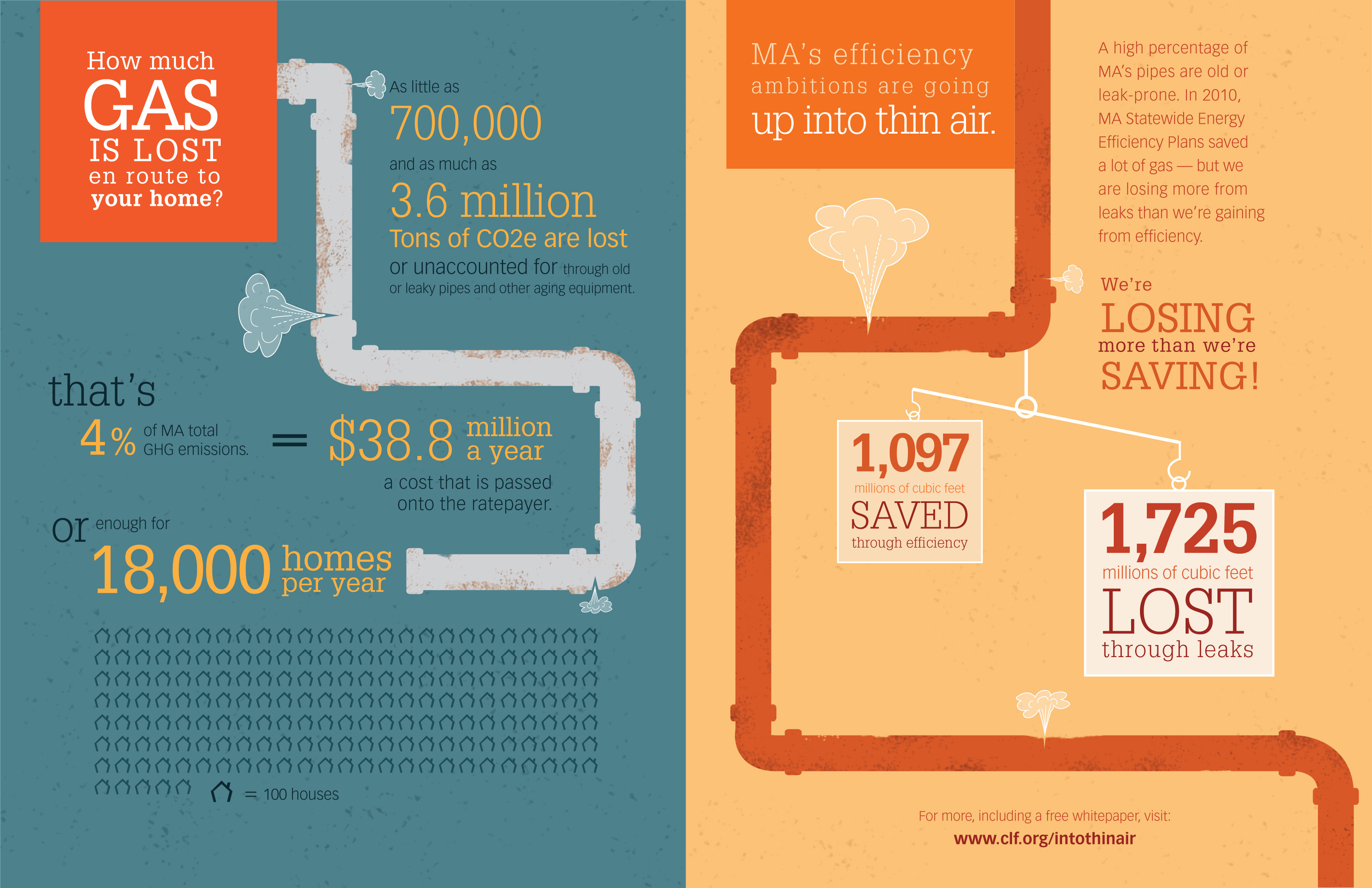A Novice'S Guide To Comprehending Photovoltaic Panel Innovation And How It Functions
A Novice'S Guide To Comprehending Photovoltaic Panel Innovation And How It Functions
Blog Article
Content Created By-Noonan Hendriksen
So, you've heard about solar panels and their prospective to generate power from sunshine, but how specifically do they work? Comprehending the complex technology behind solar panels can be a fascinating trip into the globe of renewable energy. From the standard principles of photovoltaic cells to the elaborate components that comprise a solar panel system, there's an entire world of knowledge waiting to be discovered. Allow's unravel the enigmas of photovoltaic panel modern technology with each other.
Solar Panel Technology Basics
To absolutely grasp the essence of solar panel innovation, you need to look into the essential principles that underpin its performance. Photovoltaic panel consist of photovoltaic cells, normally made from silicon, which have the remarkable capability to convert sunlight right into electricity via the photovoltaic or pv effect. When sunshine strikes the cells, the photons in the light interact with the silicon atoms, causing the electrons to damage devoid of their atomic bonds. This develops an electric current that can after that be used for powering various tools.
The crucial element of solar panels is the semiconductors within the photovoltaic cells, which facilitate the conversion of sunlight into useful electrical power. These semiconductors have both positive and negative layers, developing an electrical area that permits the circulation of electrons.
This flow of electrons, when linked in a circuit, generates straight current (DC) power. Recognizing these fundamental principles is crucial for valuing how solar panels can harness the sunlight's power to power homes, businesses, and also satellites in space.
How Solar Panels Generate Electrical Power
Solar panels harness the sun's energy by transforming sunshine into electrical power through a procedure called the photovoltaic result. When sunshine strikes the photovoltaic panels, the photons (light particles) are absorbed by the semiconducting materials within the panels, normally made from silicon. This absorption produces an electrical current as the photons knock electrons loosened from the atoms within the product.
https://solarpaneloutputvoltage54208.blog2freedom.com/30258303/success-stories-just-how-one-family-minimized-their-energy-bill-by-with-solar-energy within the solar batteries then require these electrons to flow in a particular direction, producing a straight current (DC) of electrical energy. This straight current is then gone through an inverter, which converts it into alternating current (AC) electrical power that can be utilized to power your home or organization.
Excess electrical energy created by the solar panels can be stored in batteries for later use or fed back right into the grid for credit report via a process called net metering. Understanding how solar panels create electrical power is essential to valuing the ecological and cost-saving benefits of solar power systems.
Understanding Photovoltaic Panel Parts
One essential facet of photovoltaic panel innovation is recognizing the different components that compose a solar panel system.
The key elements of a photovoltaic panel system consist of the solar panels themselves, which are comprised of photovoltaic cells that transform sunshine into electrical power. These panels are installed on a structure, commonly a roofing system, to catch sunshine.
Along with the panels, there are inverters that transform the direct existing (DC) electricity produced by the panels right into rotating current (A/C) electricity that can be made use of in homes or organizations.
https://www.ctpost.com/best/home-services/solar/going-solar-ct-everything-you-need-know/ consists of racking to support and position the photovoltaic panels for optimum sunshine direct exposure. Furthermore, cords and adapters are essential for delivering the power generated by the panels to the electrical system of a structure.
Last but not least, a surveillance system might be consisted of to track the efficiency of the photovoltaic panel system and ensure it's working effectively. Recognizing these parts is important for any person aiming to install or utilize photovoltaic panel innovation properly.
Final thought
Since you comprehend the basics of photovoltaic panel modern technology and exactly how it functions, you can appreciate the power of taking advantage of sunlight to create tidy and renewable resource for your building. By utilizing the solar effect and parts like inverters and monitoring systems, you can add to an extra lasting future while likewise potentially saving on power expenses. Keep understanding and discovering the possibilities of solar power for a greener tomorrow.
